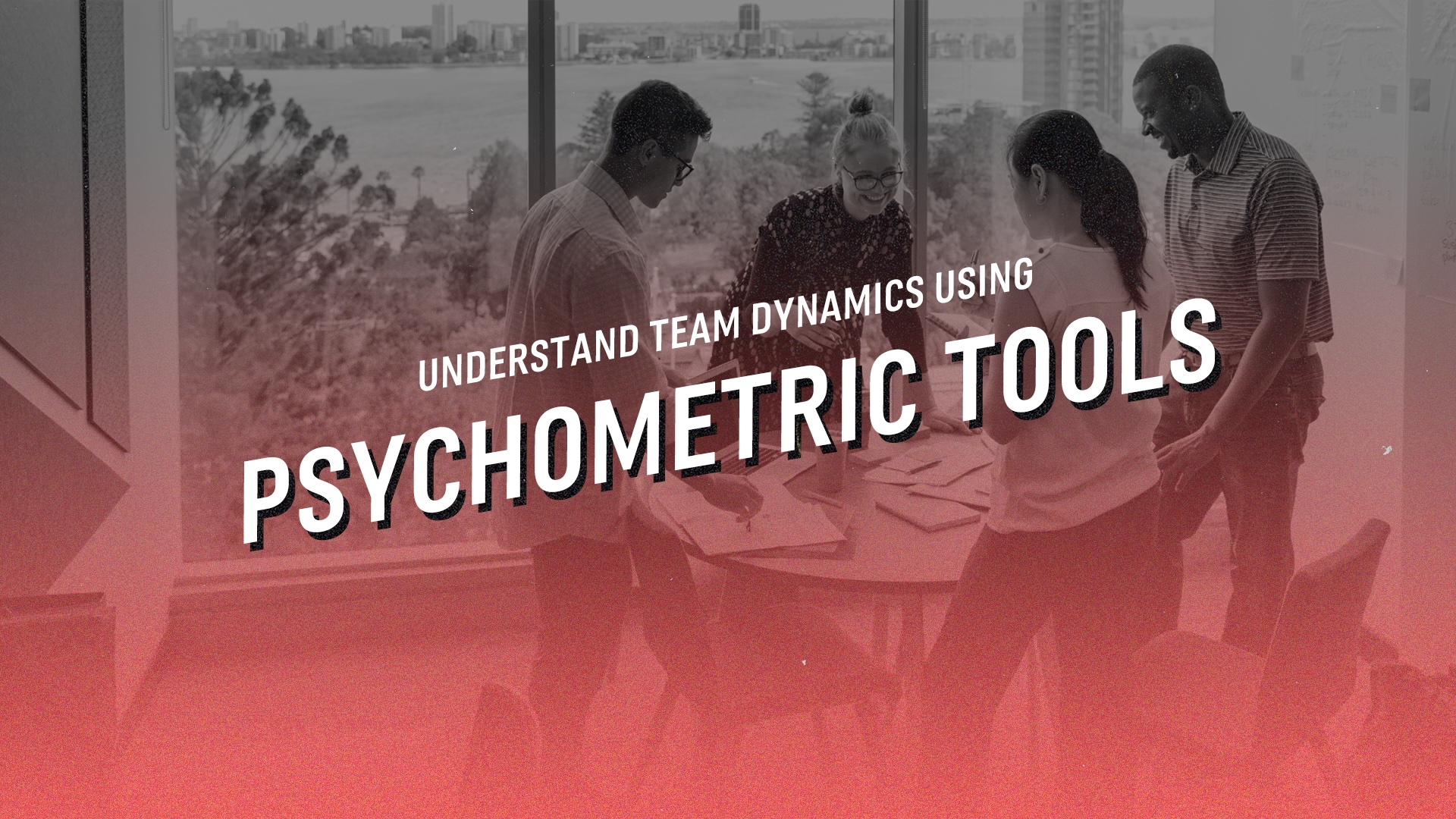Leading a world-class team means more than meeting basic needs; it requires a deep understanding of what drives and motivates your people. Tools like the DISC assessment test and The Predictive Index offer valuable insights into your team’s behaviour and motivation, helping to align their roles and their work with their innate behavioural strengths.
Why is this critical? Because at its core, every business problem is a people problem. When you meet the needs of your team, they become more engaged, productive, and loyal. This directly impacts retention, reduces turnover, and helps ensure you’re recruiting the right talent for the right roles. Understanding your people and their drivers and needs is not just a strategy – it’s the foundation of sustainable business success.
Why Leaders Use Psychometric Tools like the Predictive Index and DISC Assessment Test in the Workplace
Leaders today must leverage the tools at their disposal to build high-performing teams, and psychometric tools are essential throughout the entire employee lifecycle – from recruitment to develop and retention.
Consider this: according to the Australian HR Institute’s (AHRI) Quarterly Australian Work Outlook Report, 27% of organisations experience an annual employee turnover rate of 20% or higher. If you’re part of that statistic, imagine having a tool that not only predicts a candidate’s success before the interview but can also almost guarantee long-term success.
The Predictive Index goes beyond recruitment; it equips leaders with insights that deepen their understanding of team dynamics, align talent with business strategy, drive business growth, and accelerate employee development.
Think about it – what if you could manage each team member in a way that maximises their potential? With Predictive Index, you can. By meeting your employees’ psychological needs, you can grow employee engagement, increase productivity, and improve retention.
DISC Assessment test vs. Predictive Index: What’s the Difference?
The biggest difference between the Disc Assessment Test and The Predictive Index is that the Predictive Index (PI) was specifically designed for workplace use, including recruitment, rather than being a broad personality measure.
PI focuses on key personality drives that directly impact workplace performance, including cognitive ability, and can scientifically identify the roles where someone is most likely to excel, based on their behavioural drives.
The Predictive Index: Your Guide to Workplace Behaviour
The Predictive Index is built on behavioural science, offering insights into what drives performance. By measuring factors such as Dominance, Extraversion, Patience, and Formality, PI provides actionable data that leaders can use to tailor management approaches, improve communication, and drive results. With over 37 million assessments worldwide, PI offers a robust, data-driven approach to optimising teams.
Predictive Index empowers leaders to understand their team’s unique behaviours, enabling personalised communication and leadership. It provides validated hiring, personalised leadership development, and tools for continuous performance management, communication, and employee engagement – all in a science-backed platform. With a quick 5-minute assessment, PI ensures actionable insights that integrate seamlessly into your team’s workflow, fostering growth, peak performance, and a sense of visibility and acknowledgment for every employee.
About the DISC Assessment Test
The DISC assessment test categorises people into four behavioural styles: Dominance, Influence, Steadiness, and Conscientiousness. Everyone has a blend of these styles, but most people predominantly fit into one or two DISC quadrants. It helps leaders understand how individuals react to challenges and interact with others. DISC is good for improving communication within teams, but it lacks the depth and data-driven approach needed for recruitment and long-term performance prediction.
Let’s explore psychometrics through the lens of two team members, Sam and Jane.
Psychometric tools assess drivers, needs, and behaviours, giving you the playbook to unlock your team’s potential. Drives lead to needs, which lead to our behaviours.

Through the lens of PI, we know that Sam tends to be outspoken in meetings, while Jane is more reserved. This insight is valuable for managers and leaders overseeing these two employees because their natural behavioral tendencies influence their actions. Sam naturally thrives on social interaction, while Jane is comfortable with less.
These tools provide insights that allow you to create a work environment where the team understand the uniqie needs and behaviours of each other. The team will recognise, the need to pause and engage Jane in meetings with specific questions relating to her skill sit.
Jane prefers less collaborative and more autonomous tasks, while Sam may struggle to work alone for extended periods. Understanding these needs will help you delegate tasks effectively based on each person’s strengths. Meeting these needs will help everyone thrive, while neglecting them leads to disengagement within the team.
Psychometric tools offer leaders a roadmap to creating these vital, high-impact moments, fostering a culture where everyone contributes to the organisation’s success.
Which Tool Should You Use: the DISC Assessment Test or Predictive Index?
The Predictive Index uses behavioural science and an algorithm tested over 300 times to provide a clear, accurate reading of workplace behaviour. It helps understand and adapt behaviours to predict team performance and is able to be strategically leveraged throughout the entire employee lifecycle, including pre-employment and hiring.
According to Everything DISC, the leading global provider, “DISC is not recommended for pre-employment purposes as it doesn’t assess specific skills, aptitudes, or job-related factors.”.
If you’re looking for a tool to improve communication styles within your team, the DISC assessment test is an option. However, if your goal is to strategically attract, retain, and develop top talent, the Predictive Index provides the comprehensive insight necessary to drive business results.
The Game Changer: Why the Predictive Index Stands Out
The Predictive Index stands out as the most comprehensive psychometric tool for workplace application. By offering both behavioural and cognitive assessments, PI gives managers and leaders the clarity needed to make data-driven decisions, from recruitment to employee development. This enables leaders to:
- Predict Candidate Success: Identify the behavioural traits that align with specific roles.
- Make Data-Driven Hiring Decisions: Reduce mis-hires and increase recruitment success rates no matter whether hiring for an executive or entry-level role.
- Foster Engagement and Retention: Create a work environment where employees’ needs are met, keeping them motivated and productive.
In comparison, the DISC assessment test is more limited, offering valuable insights into communication but lacking the predictive power of PI when it comes to job fit and performance.
Conclusion
The DISC assessment test and Predictive Index are powerful tools for understanding workplace behaviour, but they serve different functions. DISC is excellent for improving communication, while PI provides a strategic advantage by aligning people with roles that fit their innate drives, ensuring long-term success.
For leaders focused on driving business performance and optimising talent, the Predictive Index is the tool that delivers results across recruitment, retention, and leadership development.
If you aim to strategically understand employees at all levels in your organisation to attract and retain the right talent, keep them motivated, engaged and productive and drive business results, the Predictive Index is the tool for you. Get in touch with our team below if understanding team dynamics is a priority for you.

